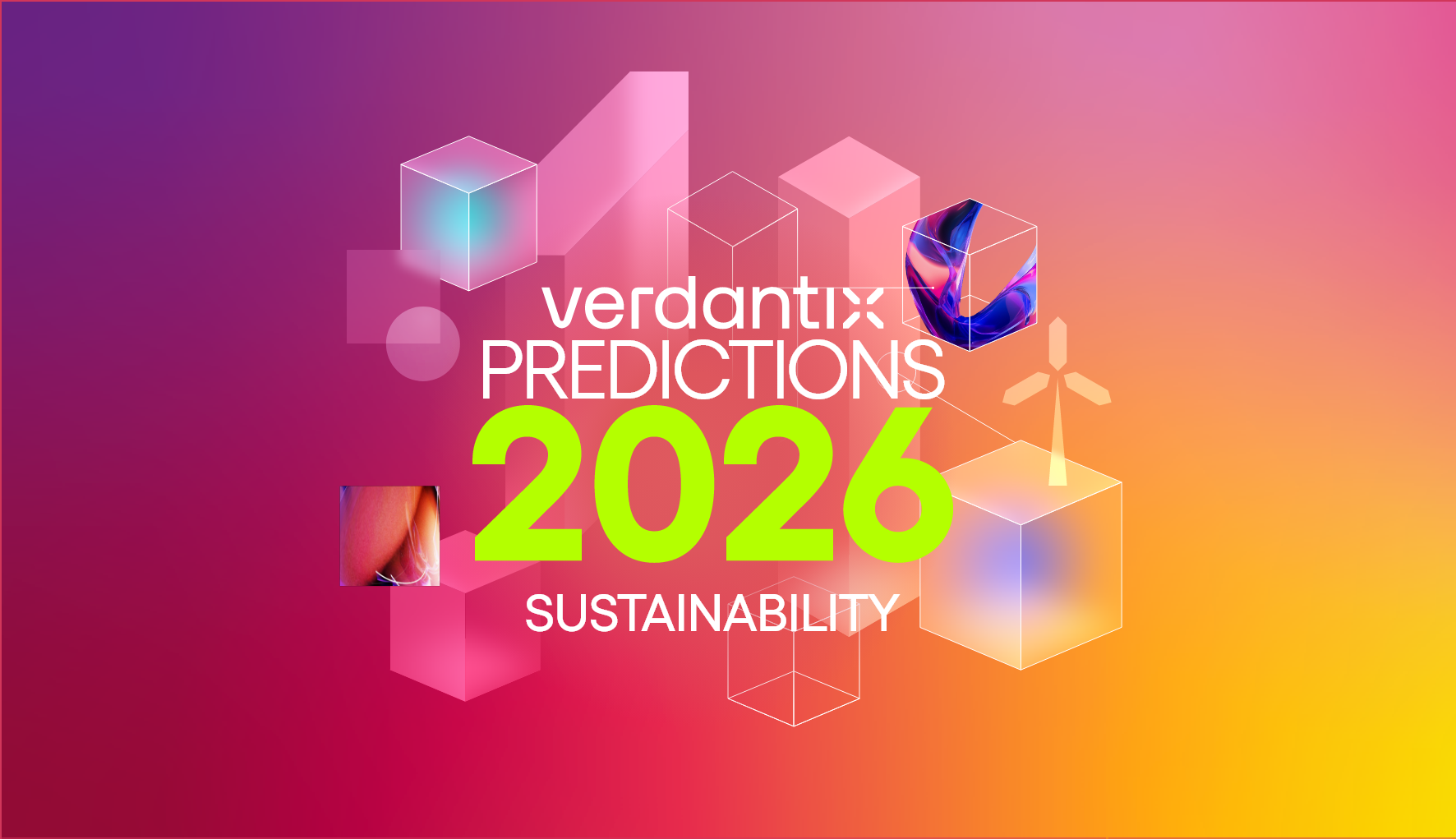Strategic Focus: The Connection Between The TCFD, TNFD And ESG Risk
Access this research
Access all Corporate Sustainability Leaders content with a strategic subscription or buy this single report
Need help or have a question about this report? Contact us for assistance
Executive Summary
Urgent action is needed to prevent rapid biodiversity and nature loss, with over half of the world’s GDP ($58 trillion) highly or moderately dependent on nature – and at risk. Nature is now in the business spotlight, with the final release of the recommendations of the Taskforce for Nature-related Financial Disclosures (TNFD) in September 2023, following investor recognition of the importance of assessing biodiversity risks, impacts and opportunities. In fact, research by the World Economic Forum (WEF) predicts that nature-positive solutions could generate $10.1 trillion in business opportunities and create over 100 million jobs globally by 2030. This report breaks down the challenges associated with nature reporting, outlines the potential business risks, and sets out steps for best practice. Chief sustainability officers (CSOs) and global heads of net zero and climate risk, as well as enterprise risk management professionals, can use the report to understand the key challenges associated with bridging climate and nature for enhanced ESG risk management, as well as the direct business benefits produced by merging climate and nature, and best practices in assessments for successful integration.
Echoing the TCFD, the TNFD forces firms to take action on ESG challenges and risks
An integrated approach to climate and nature action brings direct business benefits
Figure 2. The TNFD final release framework furthers the scope of the TCFD
Figure 3. The global climate-nature reporting landscape
Figure 4. TNFD business and sustainability performance opportunities
Figure 5. Essential steps to integrate nature into ESG risk management
About the Authors

Jessie Wilson
Industry Analyst
Jessie is an Industry Analyst at Verdantix, with a research agenda spanning ESG reporting, the circular economy and supply chain sustainability. Jessie has a BSc in Geography ...
View Profile
Kim Knickle
Research Director
Kim Knickle is a Research Director at Verdantix, bringing more than two decades of analyst experience to the evolving world of sustainability. Her current research spans ESG a...
View Profile





